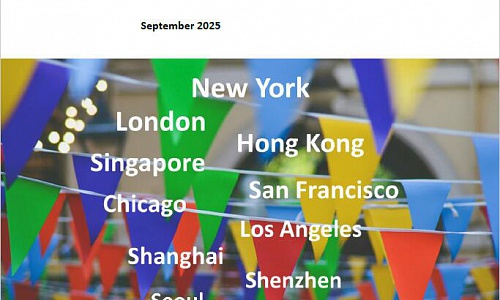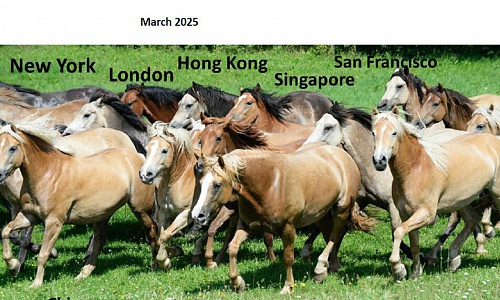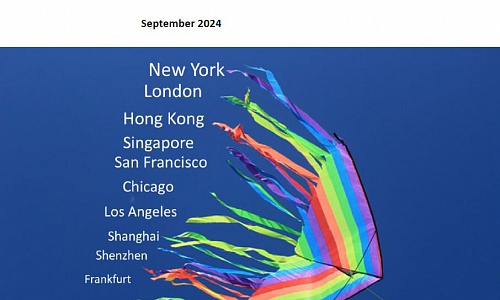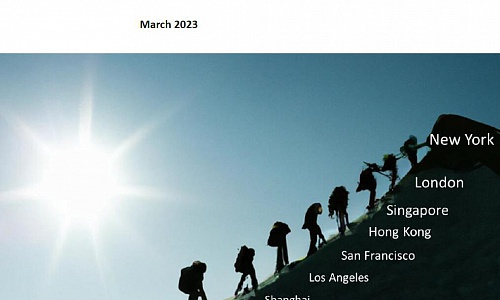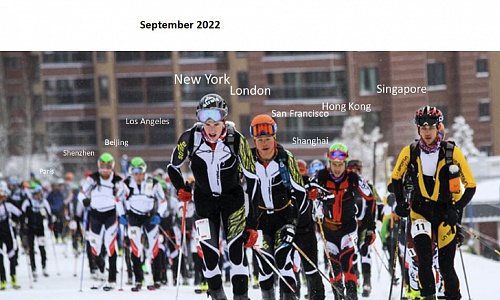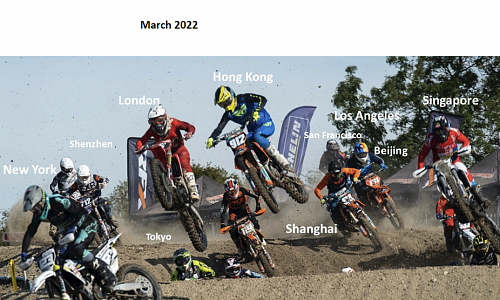
Date: July 20, 2025
In the first half of 2025, China faced growing external turbulence alongside interwoven domestic challenges. Despite these pressures, the economy demonstrated overall stability and continued progress in high-quality development. Tariff tensions eased following May’s negotiations in Switzerland, reducing potential impacts on export sectors. Coupled with domestic policy support, economic activity showed signs of recovery, though challenges persisted. Moving forward, policy implementation acceleration is needed to enhance multiplier effects, while domestic demand to be expanded by leveraging people’s aspirations for a better life.
The Economy Operated with Overall Stability.
In H1 2025, GDP grew 5.3% y/y at constant prices, 5.4% in Q1 and 5.2% in Q2. Value-added output rose across primary, secondary, and tertiary industries in Q2. Service industry remained a key growth engine, expanding 5.5% y/y in H1, with information transmission, software, and IT services leading at 11.1% growth. June’s Manufacturing Production Index and New Orders Index both increased m/m, signaling accelerated output and improved demand.
Tariff Tensions Disrupted Export Trends.
H1 goods exports rose 7.2% y/y in RMB terms, up 0.3 pp from Q1 and exceeding 2024’s performance, mostly due to 2024’s low base and tariff war effects. Following May’s Sino-U.S. tariff reductions, the y/y decline in U.S.-bound exports narrowed from -34.5% in May to -16.1% in June. Meanwhile, China maintained robust export growth to re-export hubs in June. Exports to ASEAN and Hong Kong SAR accelerated m/m. With pent-up U.S. orders fulfilled and given increased scrutiny of re-exports in U.S. trade agreements, future exports could face pressure.
Industrial Output Growth Accelerated Y/Y.
H1 industrial value-added for enterprises above the designated size rose 6.4% y/y, 0.6 pp higher than full-year 2024. Q1 and Q2 saw 6.5% and 6.3% growth respectively. Key drivers included: expanded large-scale equipment upgrade and consumer goods trade-in programs releasing domestic demand; and digital, smart and green transition in industrial development, notably digital product manufacturing went up 9.9% y/y, outpacing industrial averages for 23 straight months.
Investment Growth Decelerated Y/Y.
H1 fixed-asset investment grew 2.8% y/y, down 0.9 pp Jan–May. By sector, infrastructure went up 4.6% y/y (down 1.0 pp Jan–May), manufacturing up 7.5% y/y (down 1.0 pp Jan–May), real estate down 11.2% y/y (down 0.5 pp Jan–May) reflecting persistent stabilization pressures. While large-scale equipment upgrade and consumer goods trade-in programs continued to drive strong growth in high-end, smart, and green manufacturing, investment growth slowed post-acceleration across all three sectors.
Trade-in Policy Accelerates Consumption.
Driven by a series of policies aimed at promoting consumption, domestic demand continued to increase. H1 retail sales rose 5.0% y/y, up 0.4 pp from Q1 and continuing quarterly acceleration since Q3 2024. June sales grew 4.8% y/y, down 1.6 pp m/m. The implementation and optimization of consumer goods trade-in program boosted goods and services consumption, demonstrating strong momentum. H1 service retail picked up pace and rose 5.3% y/y, up 0.3 pp compared to Q1. Policy sustainability and consumption impacts warrant monitoring.
Pushing Prices Toward Higher Levels.
H1 CPI averaged -0.1% y/y, unchanged from Q1. Monthly volatility stemmed from Chinese New Year timing seen in CPI increased 0.5% in January, then decreased 0.7% in February. March–May CPI decline narrowed to -0.1%, before turning positive in June (up 0.1% y/y) due to international commodity price fluctuations and domestic consumer demand stimulus policies. The narrowing decline in food prices and the expanding growth in service prices are the main contributors to Q2’s improvement. H1 PPI fell 2.8% y/y, continuing its downward trend pressured by seasonal drops in prices across certain domestic raw material manufacturing industries, lower energy prices driven by increased solar, wind and hydropower generation, and price pressures faced by some export-led sectors.
Image source: IE Insights (2022). https://www.ie.edu/insights/articles/our-urban-life-in-2022/

